Home>Garden Essentials>When Do Guardrails Require Infill
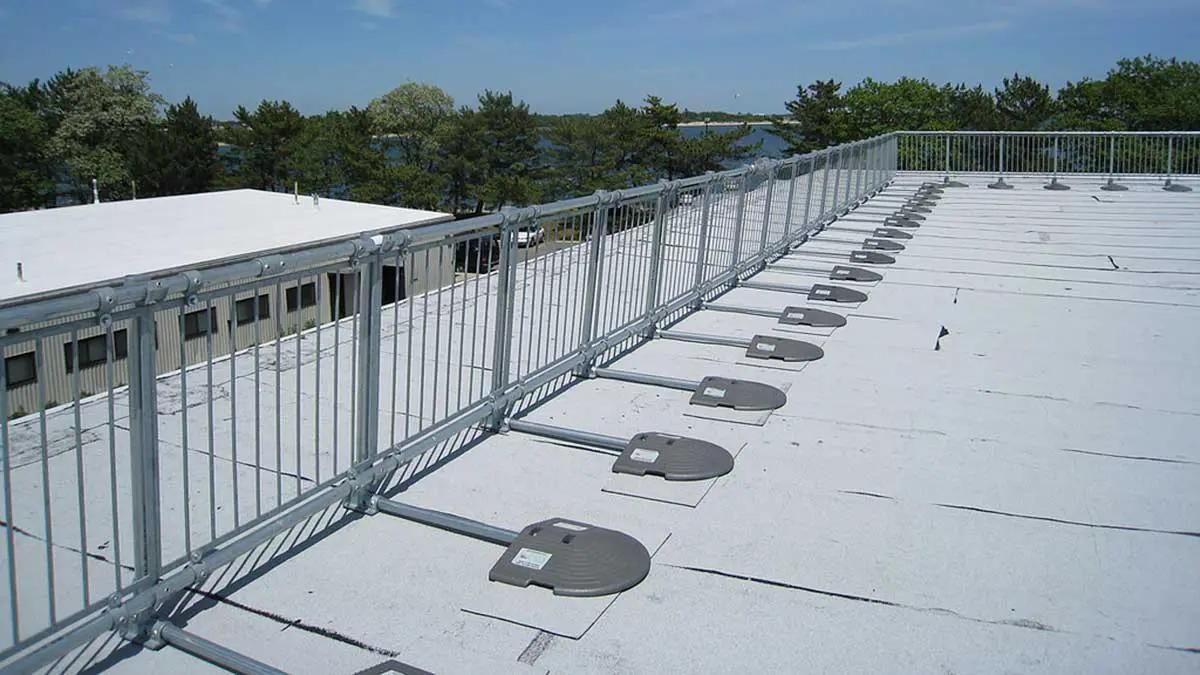

Garden Essentials
When Do Guardrails Require Infill
Modified: October 20, 2024
Find out when guardrails require infill and how it relates to your garden. Explore the importance of guardrails for a safe and beautiful outdoor space.
(Many of the links in this article redirect to a specific reviewed product. Your purchase of these products through affiliate links helps to generate commission for Storables.com, at no extra cost. Learn more)
Introduction
Guardrails are an essential component of any outdoor space, providing safety and protection in areas where there is a risk of falling or accidents. They serve as a barrier, preventing people from accidentally stepping off elevated platforms or slipping over the edge.
However, to make guardrails even more effective, they often require the addition of infill. Infill refers to the material that fills the gaps between the vertical posts of a guardrail, creating a solid barrier that ensures maximum safety. This article aims to explore the concept of infill in guardrails and shed light on when and why it is necessary.
By understanding the importance of infill in guardrails, homeowners, landscape designers, and property managers can ensure that their outdoor spaces are safe and compliant with building codes and regulations. So, let’s dive into the world of guardrail infill and uncover all you need to know about this critical safety feature.
Key Takeaways:
- Guardrails require infill to prevent falls, provide stability, and enhance visual appeal. Factors like building codes, height, and safety concerns determine when infill is necessary.
- Common infill materials include wood, metal, glass, mesh, and composite. Safety considerations and regular maintenance are crucial for effective guardrail infill.
Read more: When Are Handrails Required On Stairs
What are guardrails?
Guardrails, also known as handrails or railings, are horizontal or vertical barriers that provide support and prevent accidental falls or injuries in elevated areas. They are commonly found on balconies, decks, staircases, ramps, and bridges, among other structures.
Guardrails serve multiple functions, including:
- Safety: The primary purpose of guardrails is to ensure the safety of individuals by acting as a physical barrier that prevents falls from elevated surfaces. They provide stability and support, giving people something to hold onto as they navigate through potentially hazardous areas.
- Protection: Guardrails protect people from accidental slips, trips, and falls, particularly in locations where there may be a height difference or a potential danger zone. They act as a visual reminder to exercise caution and stay within designated safe areas.
- Guidance: Guardrails also serve as a guiding mechanism, helping people maintain their balance and stay on the designated paths. They provide a constant reference point, giving individuals a sense of direction and preventing them from veering off course.
- Aesthetic Appeal: Besides their functional benefits, guardrails can enhance the overall aesthetic appeal of outdoor spaces. They come in various materials, styles, and designs, allowing for customization that complements the architecture and landscape of the surroundings.
Guardrails can be made from different materials, including wood, metal, glass, and composite materials. The choice of material depends on factors such as the intended purpose, budget, desired aesthetic, and durability requirements.
While the design and construction of guardrails play a vital role in ensuring safety, the inclusion of infill is equally important to enhance their effectiveness. In the following sections, we will delve deeper into the purpose and factors determining when guardrails require infill.
Purpose of infill in guardrails
Infill, also known as balusters, spindles, or pickets, is the material that fills the gaps between the vertical posts of a guardrail. It serves several crucial purposes in enhancing the safety and functionality of guardrails:
- Preventing falls: The primary purpose of infill in guardrails is to create a solid barrier that prevents people, especially children and pets, from accidentally falling through the gaps. The infill material acts as a safeguard, minimizing the risk of injury or fatality by ensuring that the guardrail provides a continuous and unobstructed barrier.
- Stability and support: Infill in guardrails provides stability and support to individuals using the space. It acts as a sturdy foundation, allowing people to lean against the guardrail without the risk of the structure giving way. This added stability creates a sense of security and provides peace of mind, particularly in areas where the potential for imbalance or movement exists.
- Visual appeal: Infill materials can also contribute to the aesthetic appeal of the guardrail. They come in various styles, shapes, and designs, allowing for customization to match the overall aesthetics of the outdoor space. Whether it’s a sleek and modern glass infill or a traditional wooden baluster, the choice of infill material can enhance the visual appeal and harmonize the guardrail with its surroundings.
- Regulatory compliance: Building codes and regulations often require guardrails to have specific infill spacing to meet safety standards. These requirements are in place to ensure that the guardrail provides adequate protection and minimizes the risk of accidents or falls. By incorporating the appropriate infill material and spacing, property owners can ensure compliance with local regulations and avoid potential penalties.
It is important to note that the selection of suitable infill material depends on various factors, including the intended use of the space, local regulations, and personal preference. In the following section, we will discuss the factors that determine when guardrails require infill.
Factors determining when guardrails require infill
Deciding when guardrails require infill depends on several factors that need to be carefully considered. These factors include:
- Building codes and regulations: Local building codes and regulations play a significant role in determining when guardrails require infill. These codes specify the minimum height of the guardrail, the maximum spacing allowed between infill materials, and the overall structural requirements. It is essential to consult these regulations to ensure compliance and provide a safe environment for occupants.
- Height of the guardrail: The height of a guardrail is an important factor in determining whether infill is necessary. Generally, if the guardrail is taller than a certain specified height, infill materials are required. The specific height requirement may vary depending on local regulations, but it is typically around 36 inches (91 cm) for residential settings and higher for commercial or public spaces.
- Occupant age and safety concerns: The anticipated occupants of the space can influence the decision to include infill in guardrails. If children or pets will be present, infill is essential to prevent them from accidentally slipping through the openings. Additionally, areas with higher safety concerns, such as childcare facilities or senior living communities, may require stricter infill requirements to ensure the well-being of vulnerable individuals.
- Location and risk factors: The location and nature of the outdoor space can also determine the need for guardrail infill. Areas with significant height differences, adjacent to water bodies, or near potential hazards like cliffs or slopes may require infill materials to provide an added layer of protection. Evaluating the specific risks and potential danger zones is crucial in determining the necessity of infill.
- Aesthetic considerations: While safety is paramount, aesthetic considerations can also influence the decision to include infill in guardrails. Some property owners may choose to incorporate infill materials that complement the overall design and architecture of the space, adding an element of style and visual appeal to the guardrail.
It is important to note that even if the above factors do not specifically require guardrail infill, it is always advisable to prioritize safety and consider including infill materials for added protection and peace of mind.
In the following sections, we will explore building codes and regulations regarding guardrail infill and discuss common materials used for guardrail infill.
Building codes and regulations regarding guardrail infill
Building codes and regulations play a crucial role in ensuring the safety and effectiveness of guardrails. These codes provide guidelines on the design, construction, and specific requirements for guardrails, including the use of infill materials. It is essential to adhere to these regulations to ensure compliance and create a safe environment for occupants.
The specific requirements regarding guardrail infill can vary depending on the jurisdiction and the intended use of the space. However, some common aspects regulated by building codes include:
- Height requirement: Building codes typically specify the minimum height of guardrails to ensure adequate protection. The height requirement often ranges between 36 to 42 inches (91 to 107 cm) for residential settings, while commercial and public spaces may have higher height requirements.
- Infill spacing: Building codes stipulate the maximum allowable spacing between infill materials. The purpose of these regulations is to prevent small children from slipping through or getting stuck between the openings of the guardrail. The maximum allowable spacing is typically less than 4 inches (10 cm) to ensure the safety of occupants.
- Material specifications: Some building codes specify the types of materials that can be used for guardrail infill. This ensures that the infill materials meet certain structural requirements and provide the necessary strength and durability. Commonly permitted materials include wood, metal, glass, and composite materials.
- Load-bearing capacity: Building codes often outline the required load-bearing capacity for guardrails, including the infill materials. This ensures that the guardrails can withstand a certain amount of force without failing. Load requirements vary depending on the location and intended use of the guardrail.
- Accessibility considerations: In some jurisdictions, building codes may include provisions for guardrail infill to meet accessibility standards. This ensures that individuals with disabilities can safely navigate through the space without any barriers or hindrances.
It is crucial to familiarize yourself with the specific building codes and regulations in your area to ensure compliance when designing and installing guardrail infill. Consulting with local building authorities or hiring a professional can help ensure that your project meets the required standards.
Now let’s move on to explore the common materials used for guardrail infill.
Guardrails require infill when the open space between the top rail and the walking surface is greater than 19 inches. This infill helps prevent people from falling through the guardrail.
Read more: When Is A Ladder Required In An Excavation
Common materials used for guardrail infill
When it comes to selecting the appropriate infill material for guardrails, there are several options to consider. Each material offers distinct advantages in terms of aesthetics, durability, and maintenance. The choice of infill material often depends on personal preference, building codes, budget, and the overall design of the outdoor space. Here are some commonly used materials for guardrail infill:
- Wood: Wood is a popular choice for guardrail infill due to its natural beauty and versatility. It can be crafted into various shapes and designs, allowing for customized and visually appealing guardrails. Wood infill provides a classic and warm look, making it suitable for traditional or rustic settings. However, it is important to choose rot-resistant wood species, properly treat the wood, and regularly maintain it to ensure longevity and structural integrity.
- Metal: Metal infill materials, such as wrought iron, steel, or aluminum, offer strength, longevity, and a sleek appearance. Metal can be shaped into intricate patterns and designs, adding an element of elegance to the guardrail. By choosing a powder-coated finish, the metal can be protected against rust and corrosion, ensuring durability and minimal maintenance. However, it is crucial to ensure that the metal infill meets local building codes to prevent any safety concerns, such as the risk of entrapment for small children or pets.
- Glass: Glass infill provides a modern and contemporary look, offering an unobstructed view of the surroundings. It is an excellent choice for locations that require visibility, such as balconies overlooking scenic landscapes or commercial spaces with a focus on aesthetics. Laminated or tempered safety glass is typically used for guardrail infill to ensure durability and shatter resistance. Regular cleaning is necessary to maintain the transparency and visual appeal of glass infill.
- Mesh: Mesh infill, made of materials such as stainless steel or galvanized steel, is a practical option for guardrails. It offers a balance between aesthetic appeal and functionality. Mesh infill provides solid coverage while allowing air and light to pass through, making it suitable for decks, staircases, and elevated platforms. The choice of mesh size and wire thickness should comply with local building codes to ensure safety and prevent entrapment.
- Composite: Composite materials, such as vinyl, fiberglass, or a combination of wood and plastic, offer a durable and low-maintenance option for guardrail infill. Composite infill can mimic the appearance of wood while offering increased resistance to rot, insects, and weathering. It provides a long-lasting and hassle-free solution, requiring minimal upkeep and often comes in a variety of colors and finishes to suit different design aesthetics.
When selecting an infill material, it is important to consider factors such as the intended use of the space, safety requirements, durability, and aesthetic preferences. Consulting with professionals in the industry or seeking guidance from local building authorities can help ensure that the chosen infill material complies with regulations and meets the desired functionality and visual appeal.
Now that we have explored the common materials used for guardrail infill, let’s turn our attention to the safety considerations associated with guardrail infill.
Safety considerations for guardrail infill
When it comes to guardrail infill, safety should be the utmost priority. The following are important considerations to ensure the effectiveness and safety of guardrail infill:
- Code compliance: It is crucial to ensure that the design, construction, and installation of guardrail infill comply with local building codes and regulations. These codes specify the minimum height, maximum spacing between infill materials, and load-bearing requirements to ensure the guardrail provides adequate protection and minimizes the risk of accidents or falls.
- Strength and durability: Guardrail infill materials should be strong and durable to withstand the intended use and potential impact. They should be able to resist forces such as leaning or accidental collisions. Considering factors such as the material’s load-bearing capacity, resistance to weather elements, and overall structural integrity is essential in ensuring the long-term safety of the guardrail infill.
- Child and pet safety: Guardrail infill should effectively prevent small children and pets from slipping through or becoming trapped in between the openings. The spacing between infill materials should adhere to local building codes to ensure the safety of vulnerable individuals. Additionally, choosing infill materials that do not pose any sharp edges or entrapment hazards is important to minimize the risk of injuries.
- Regular maintenance: Guardrail infill should be regularly inspected and maintained to ensure its effectiveness and structural integrity. Any damaged or weakened infill materials should be promptly repaired or replaced. Regular cleaning, especially for materials like glass or mesh, is essential to maintain visibility and prevent any obstructions that may compromise safety.
- Visual clarity: Guardrail infill materials, particularly glass, should be kept clean and free from any obstructions to maintain optimal visibility. Any dirt, smudges, or debris on the surface of infill materials can affect visibility and compromise the safety of the guardrail. Regular cleaning and maintenance practices should be implemented to ensure optimal visual clarity.
- Regular inspections: Regular inspections of guardrail infill are crucial to identify any signs of wear, damage, or corrosion. Routine inspections allow for early detection of potential safety concerns and prompt remediation to prevent accidents or failures. It is recommended to establish a maintenance program and schedule professional inspections to ensure the ongoing safety of the guardrail infill.
By adhering to safety guidelines, complying with building codes, and implementing regular maintenance and inspections, guardrail infill can effectively fulfill its purpose of providing safety and protection in outdoor spaces.
As we conclude our discussion on safety considerations, let’s move on to the topic of maintenance and inspection of guardrail infill.
Maintenance and inspection of guardrail infill
Maintaining and regularly inspecting guardrail infill is essential to ensure its ongoing effectiveness and safety. By implementing proper maintenance practices and performing routine inspections, any potential issues or safety concerns can be identified and addressed promptly. Here are some important maintenance and inspection considerations for guardrail infill:
- Cleaning: Depending on the material used for guardrail infill, regular cleaning is necessary to maintain its appearance and functionality. Different materials may require specific cleaning methods and products. For example, glass infill may require a gentle glass cleaner and a soft cloth to remove smudges and dirt, while metal or composite infill may benefit from periodic washing with mild detergent and water.
- Repair or replacement: Any damaged or weakened infill materials should be repaired or replaced as soon as possible to maintain the safety and structural integrity of the guardrail. Loose spindles, broken glass panels, or corroded metal infill should be addressed promptly to prevent accidents or further deterioration. It is recommended to consult a professional for repair or replacement work to ensure proper installation and compliance with building codes.
- Painting or refinishing: If the guardrail infill is made of wood or metal, periodic painting or refinishing may be necessary to protect the material from weathering, moisture, or UV damage. This helps maintain the visual appeal and extend the lifespan of the infill. Follow manufacturer recommendations or consult a professional for proper painting or refinishing techniques.
- Inspections: Regular inspections of guardrail infill are crucial to identify any signs of wear, damage, or deterioration. Inspections should be conducted at least annually, with additional inspections after severe weather events or significant impacts. During the inspection, check for loose or damaged infill materials, signs of rust or corrosion, and any signs of structural weakness. Professional inspectors can help identify issues that may not be immediately apparent to the untrained eye.
- Compliance check: During routine inspections, ensure that the guardrail infill complies with the local building codes and regulations. Check the height, spacing between infill materials, and load-bearing capacity to ensure that the guardrail meets safety standards. Make any necessary adjustments or modifications to bring the guardrail infill into compliance.
- Documentation: Maintain records of inspections, repairs, and any maintenance activities related to guardrail infill. This documentation serves as a reference for future inspections and helps track the condition and maintenance history of the infill materials.
Implementing a proactive maintenance and inspection plan for guardrail infill not only ensures the safety of individuals but also helps extend the lifespan of the guardrail. By staying proactive and addressing any maintenance or repair needs promptly, you can have peace of mind knowing that your guardrail infill is in good condition.
With proper maintenance and inspections covered, let’s move on to conclude our article.
Conclusion
Guardrails are a vital component of outdoor spaces, providing safety and protection against accidental falls or injuries. To enhance their effectiveness, guardrails often require infill, which fills the gaps between the vertical posts. Infill serves multiple purposes, including preventing falls, providing stability and support, and adding to the aesthetic appeal of the guardrail.
When determining when guardrails require infill, factors such as building codes, height of the guardrail, occupant age and safety concerns, location and risk factors, and aesthetic considerations should be taken into account. Adhering to building codes and regulations ensures compliance and creates a safe environment for occupants.
Common materials used for guardrail infill include wood, metal, glass, mesh, and composite materials. Each material has its own advantages in terms of durability, aesthetic appeal, and maintenance requirements. Choosing the right infill material depends on personal preference, budget, and the intended use of the space.
Safety considerations for guardrail infill include compliance with building codes, ensuring strength and durability, prioritizing child and pet safety, regular maintenance, optimal visual clarity, and conducting regular inspections. By following these safety guidelines, the guardrail infill can effectively fulfill its role in providing safety and protection.
Maintaining and inspecting guardrail infill are crucial aspects of ensuring their ongoing effectiveness and safety. Regular cleaning, repair or replacement of damaged infill materials, and annual inspections are essential to address any potential issues or safety concerns promptly. By implementing a proactive maintenance plan and staying compliant with building codes, property owners can ensure the longevity and safety of their guardrail infill.
In conclusion, guardrail infill plays a critical role in enhancing the safety and functionality of outdoor spaces. By understanding the purpose of infill, complying with regulations, choosing suitable materials, prioritizing safety considerations, and implementing proper maintenance and inspections, property owners can create a secure environment and enjoy their outdoor spaces with peace of mind.
Safety isn't just a concern outdoors; it's vital in every construction zone too. Curious about how safety measures can make or break a project? Dive into our detailed guide on why safeguarding construction sites is fundamental for every builder and homeowner. You'll discover effective strategies that keep workers and visitors safe, ensuring projects proceed smoothly without a hitch.
Frequently Asked Questions about When Do Guardrails Require Infill
Was this page helpful?
At Storables.com, we guarantee accurate and reliable information. Our content, validated by Expert Board Contributors, is crafted following stringent Editorial Policies. We're committed to providing you with well-researched, expert-backed insights for all your informational needs.
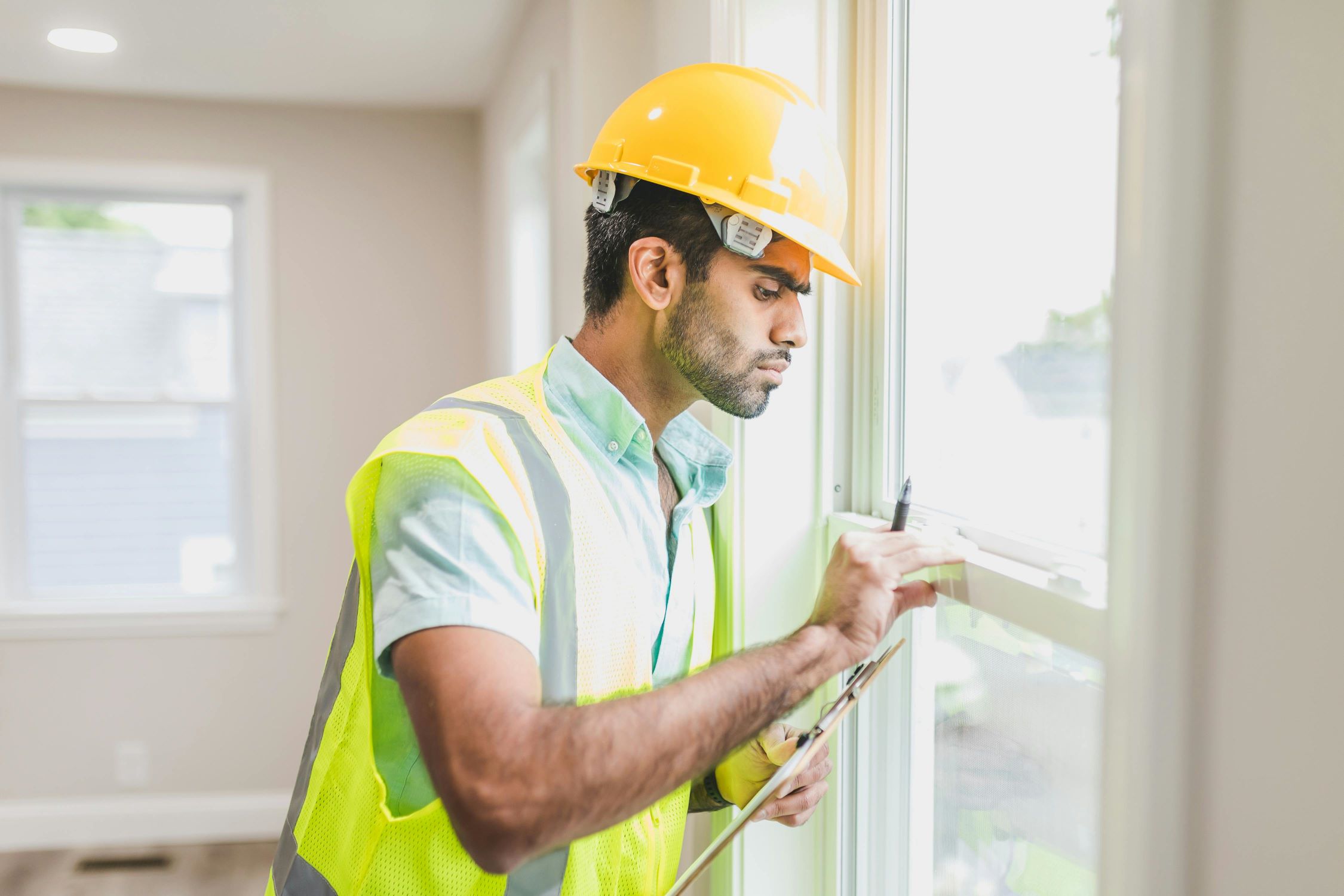
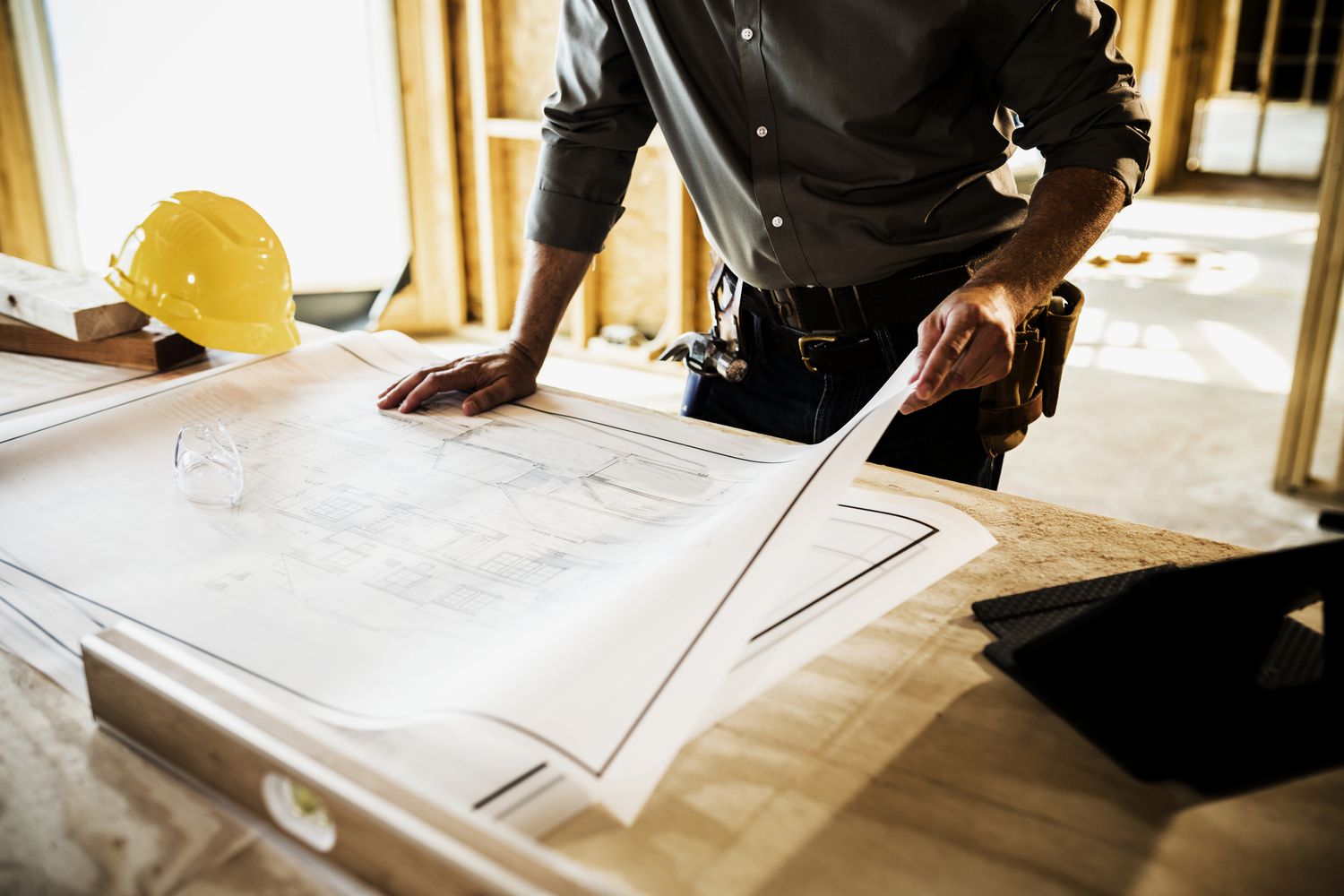
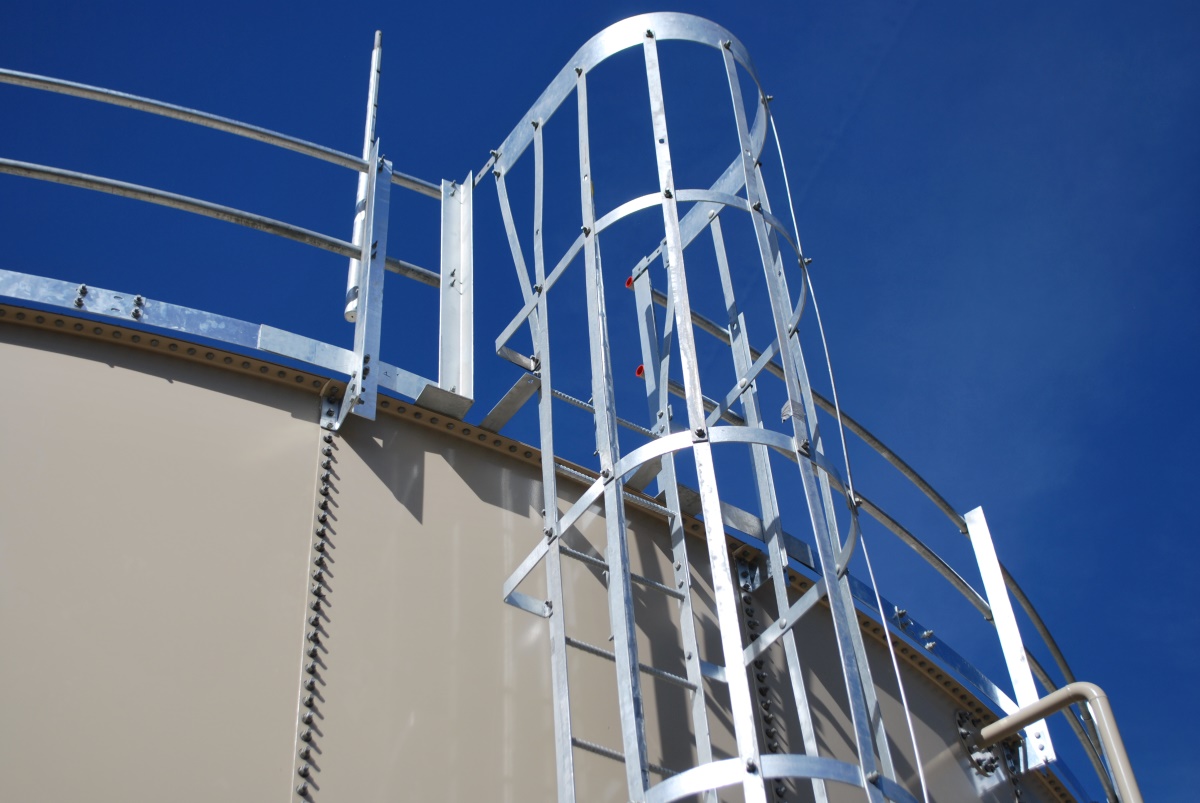
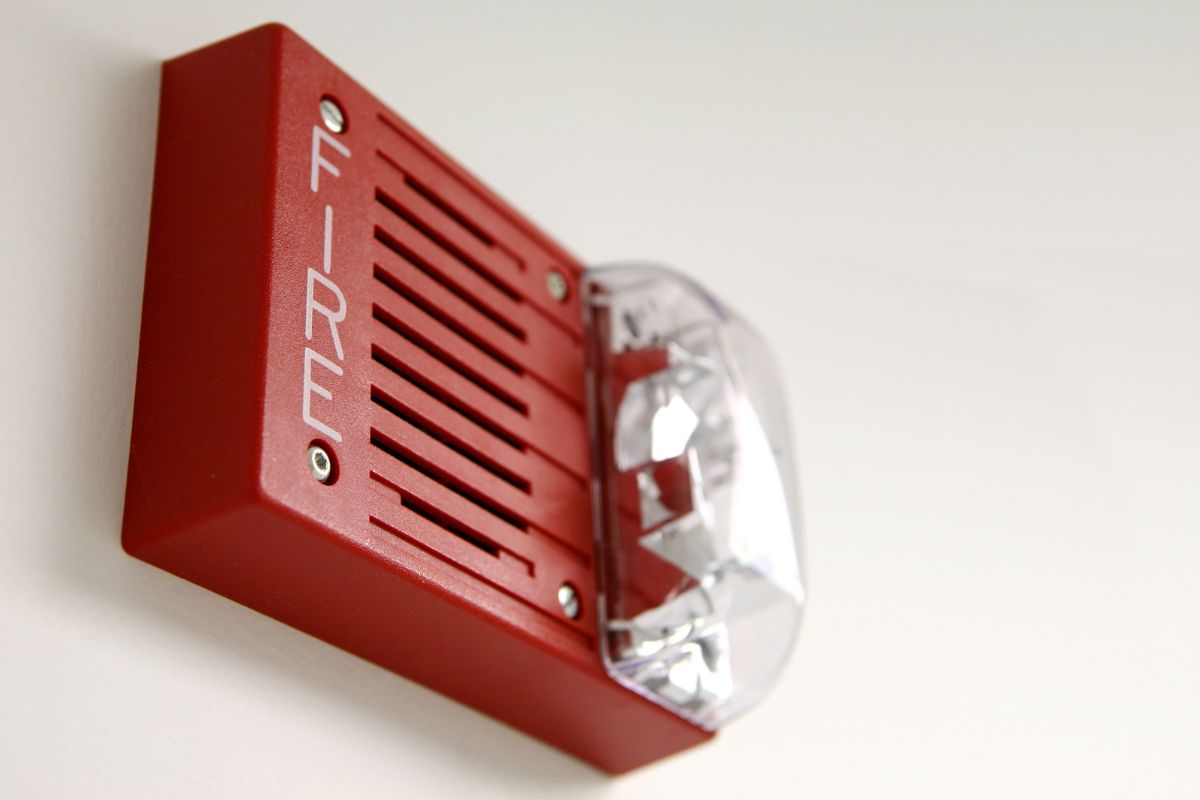
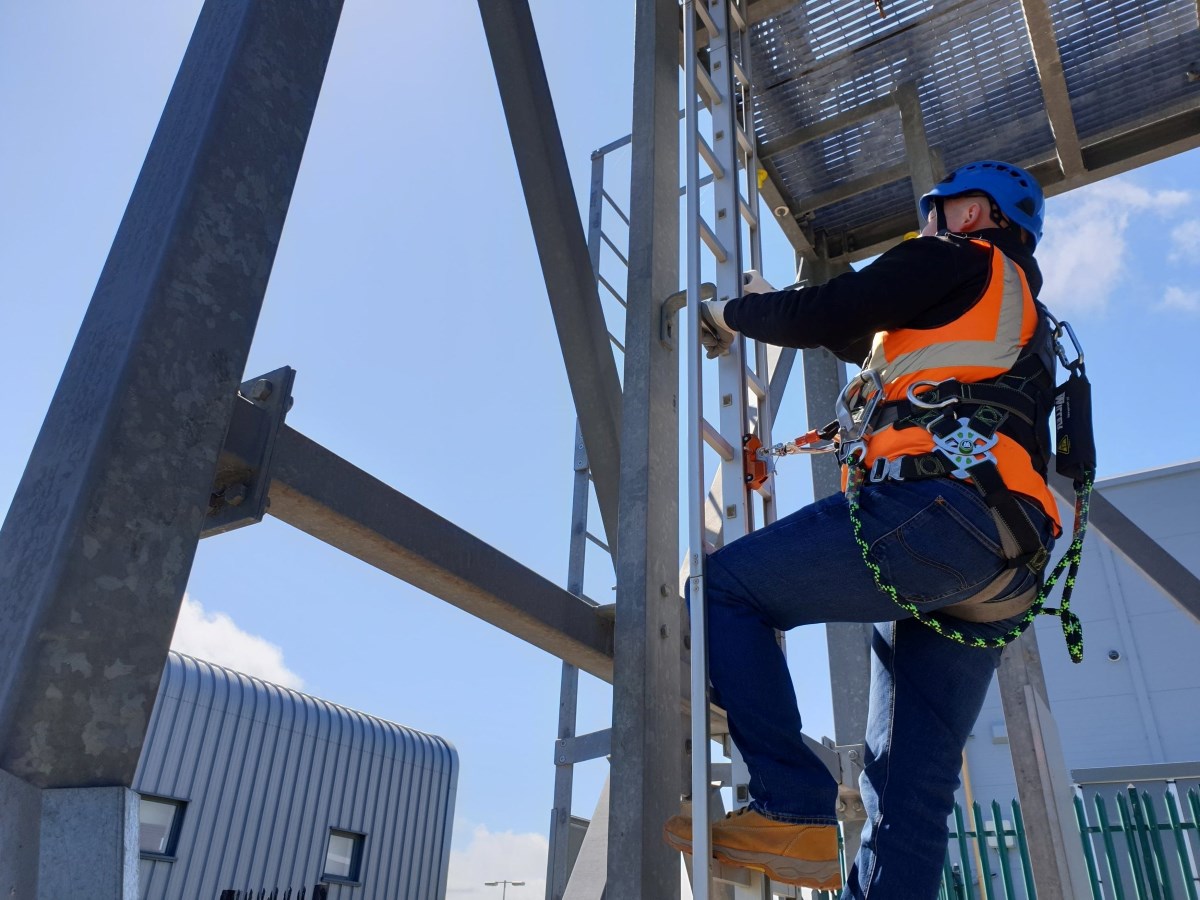
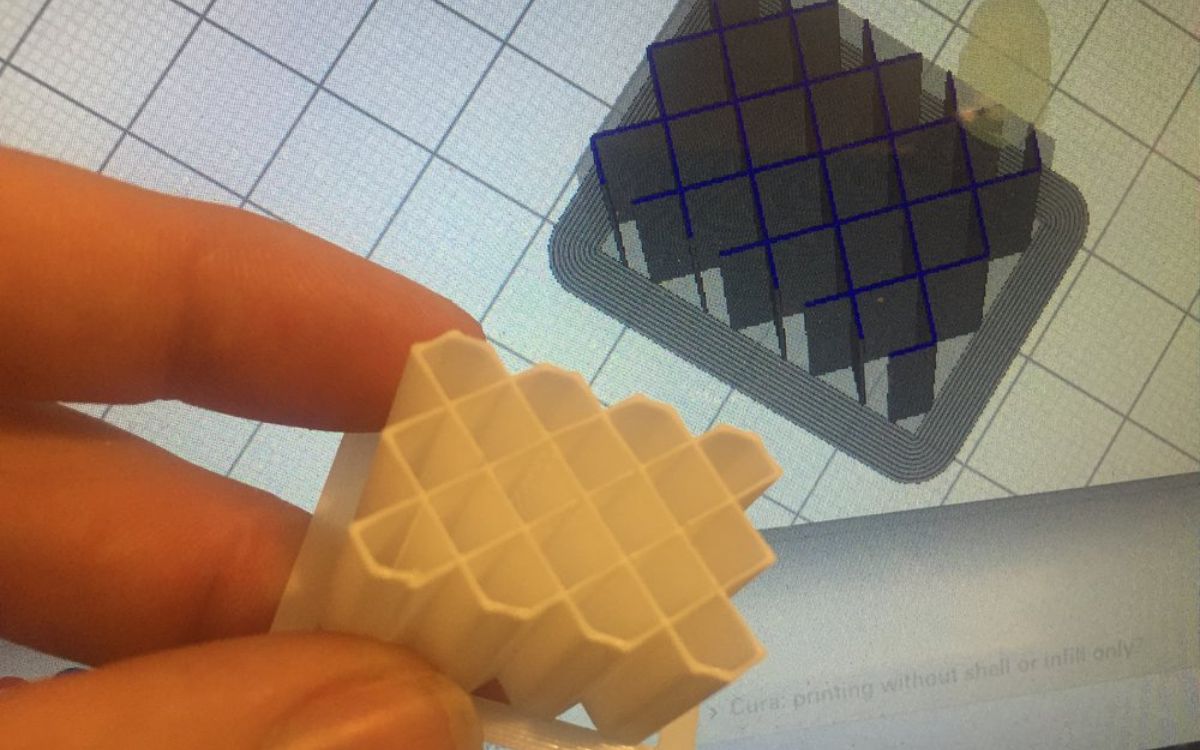

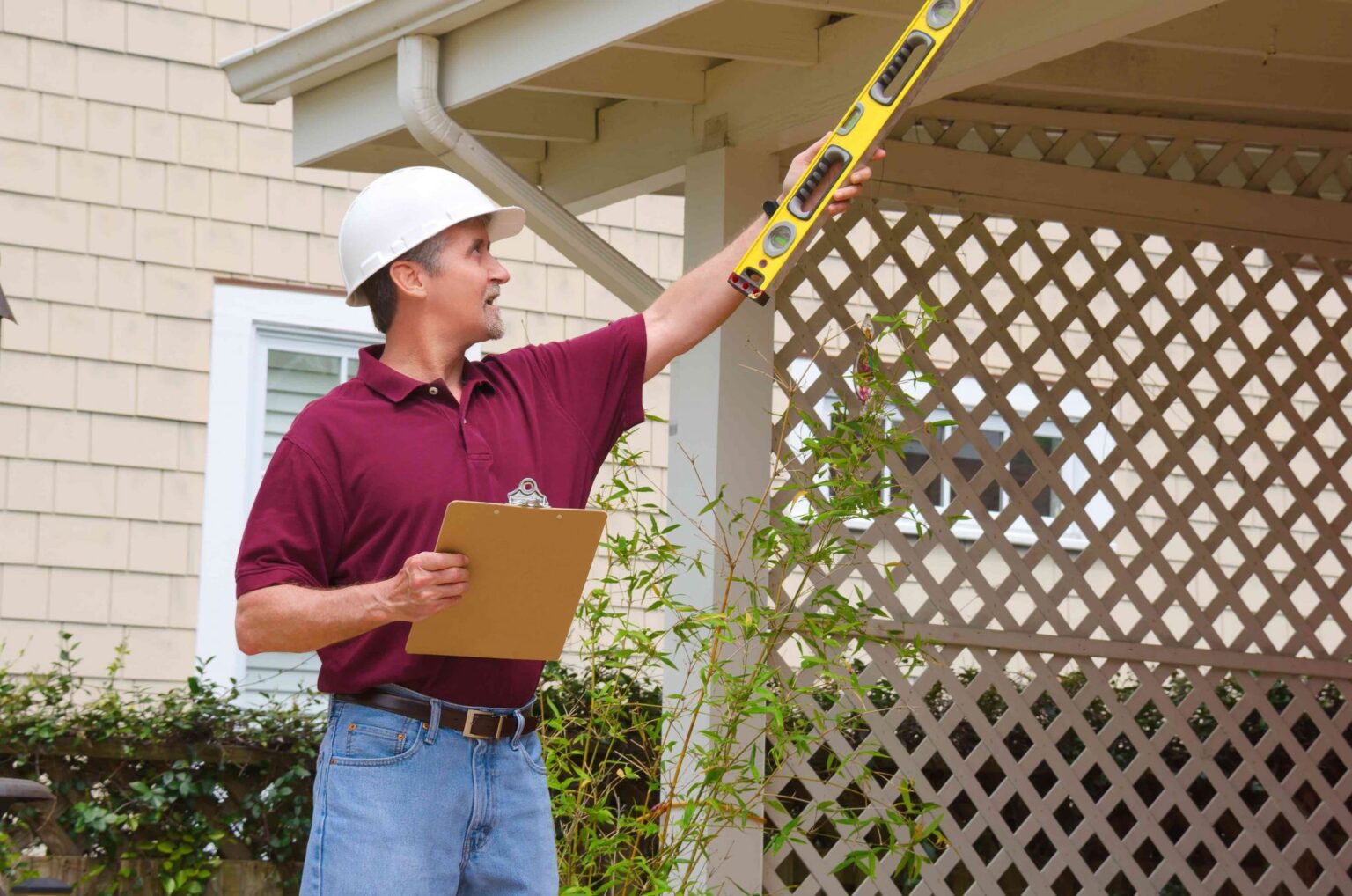
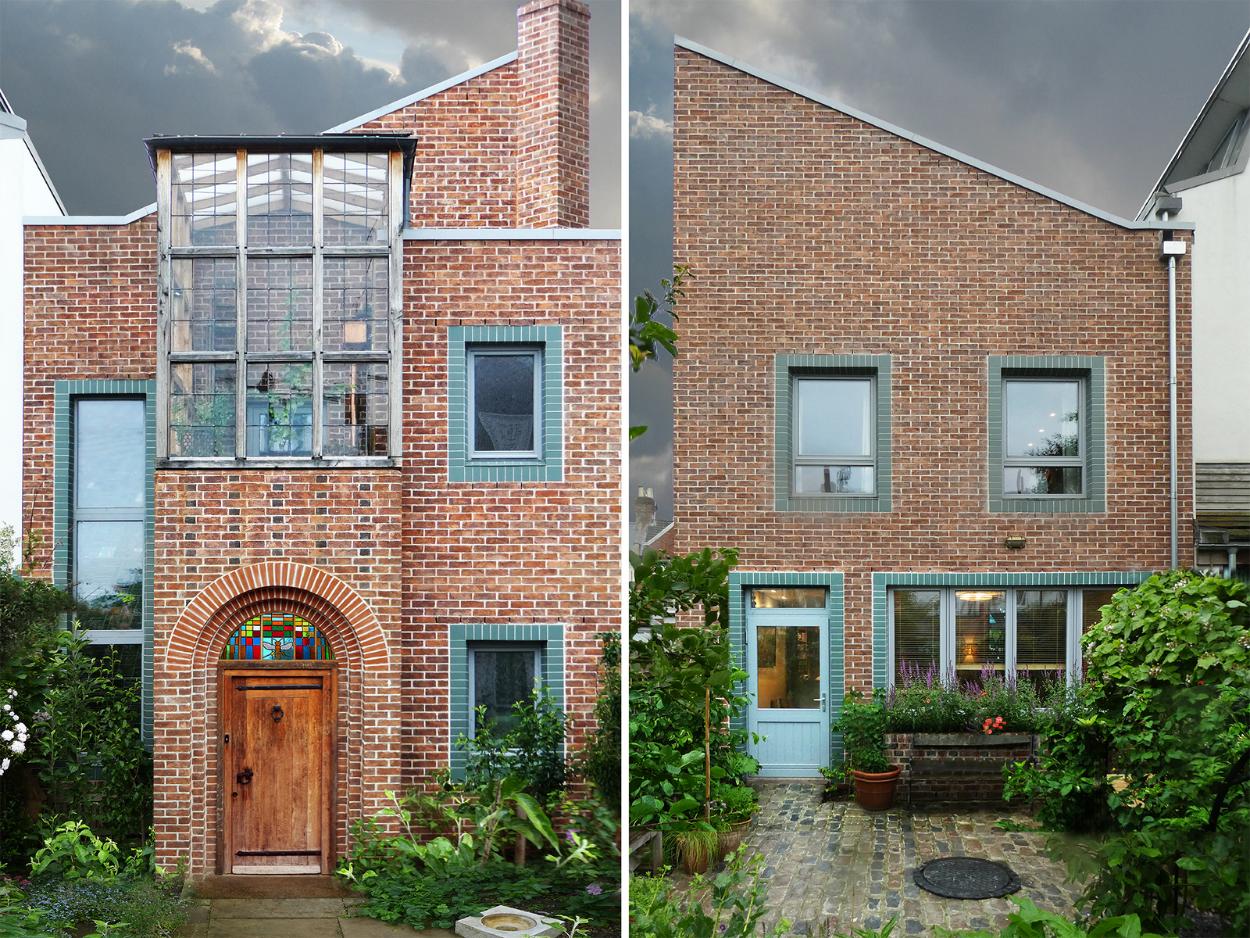

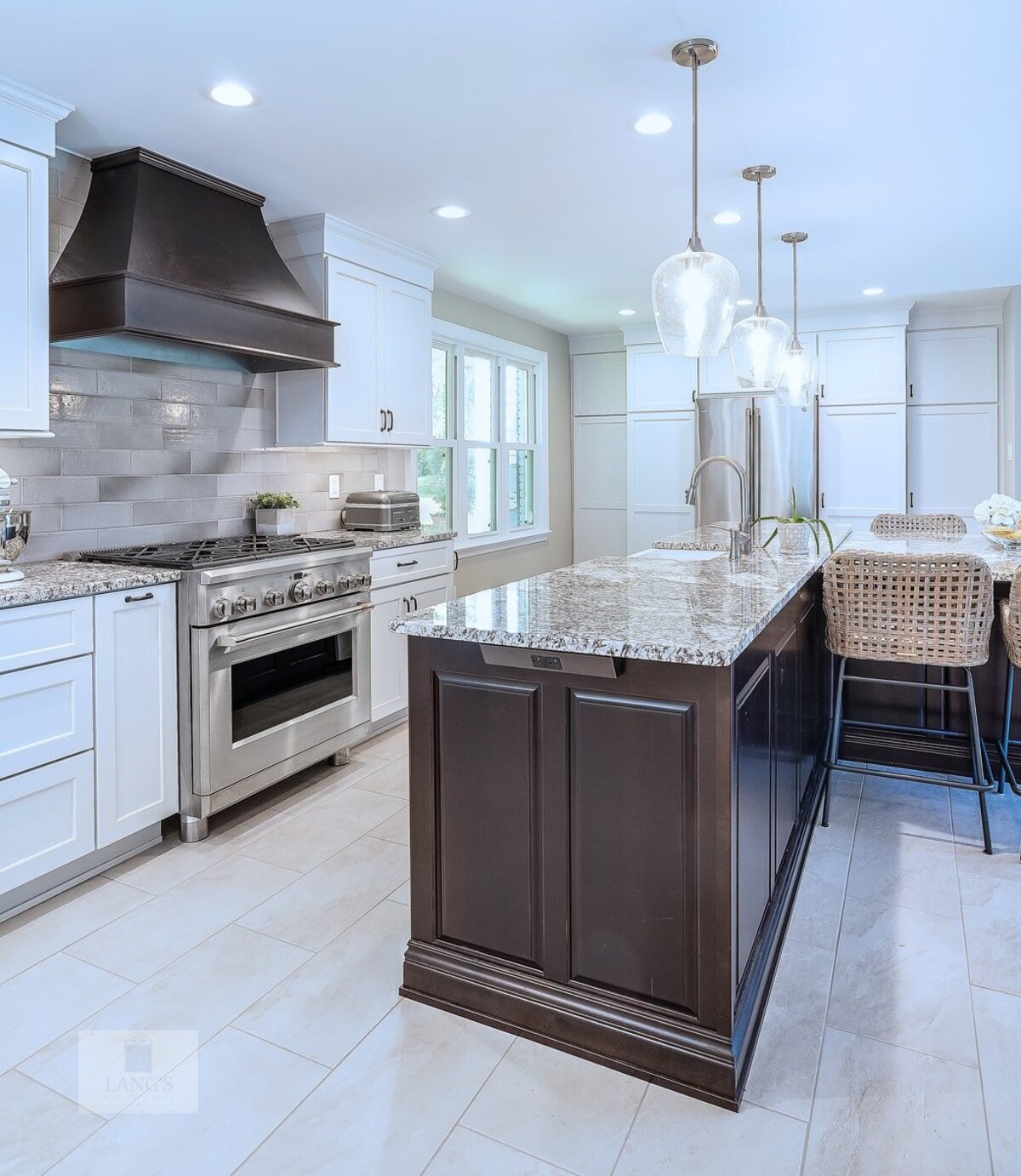

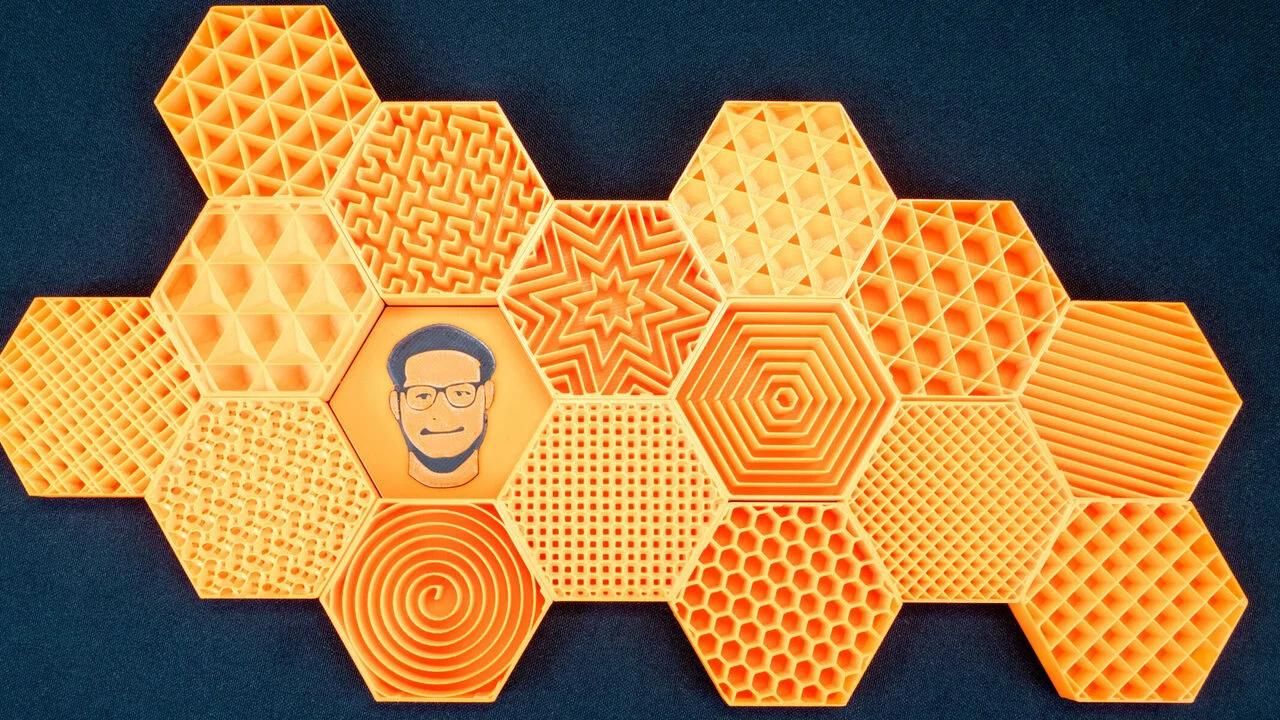
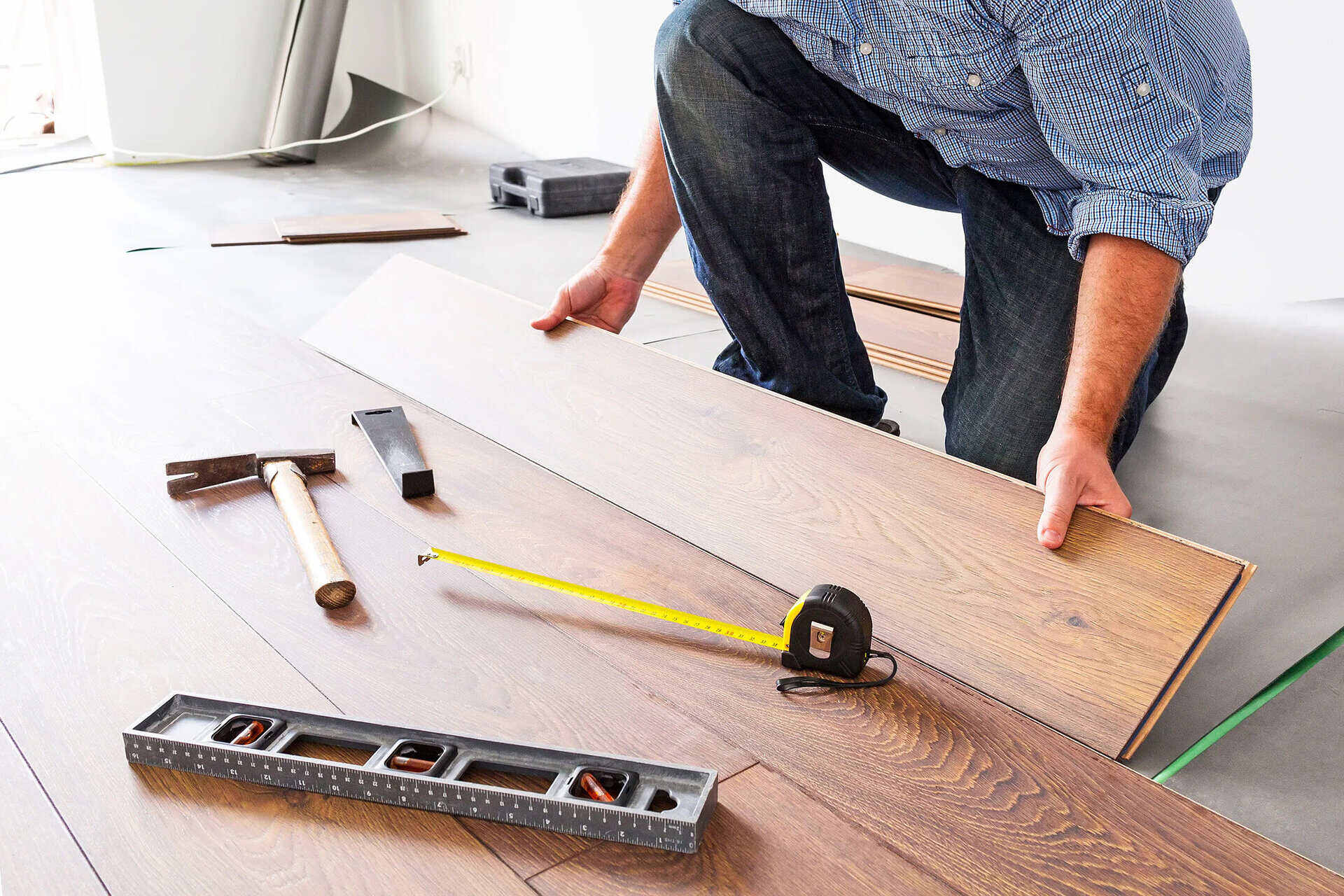

0 thoughts on “When Do Guardrails Require Infill”